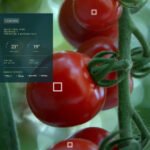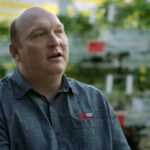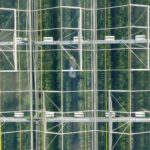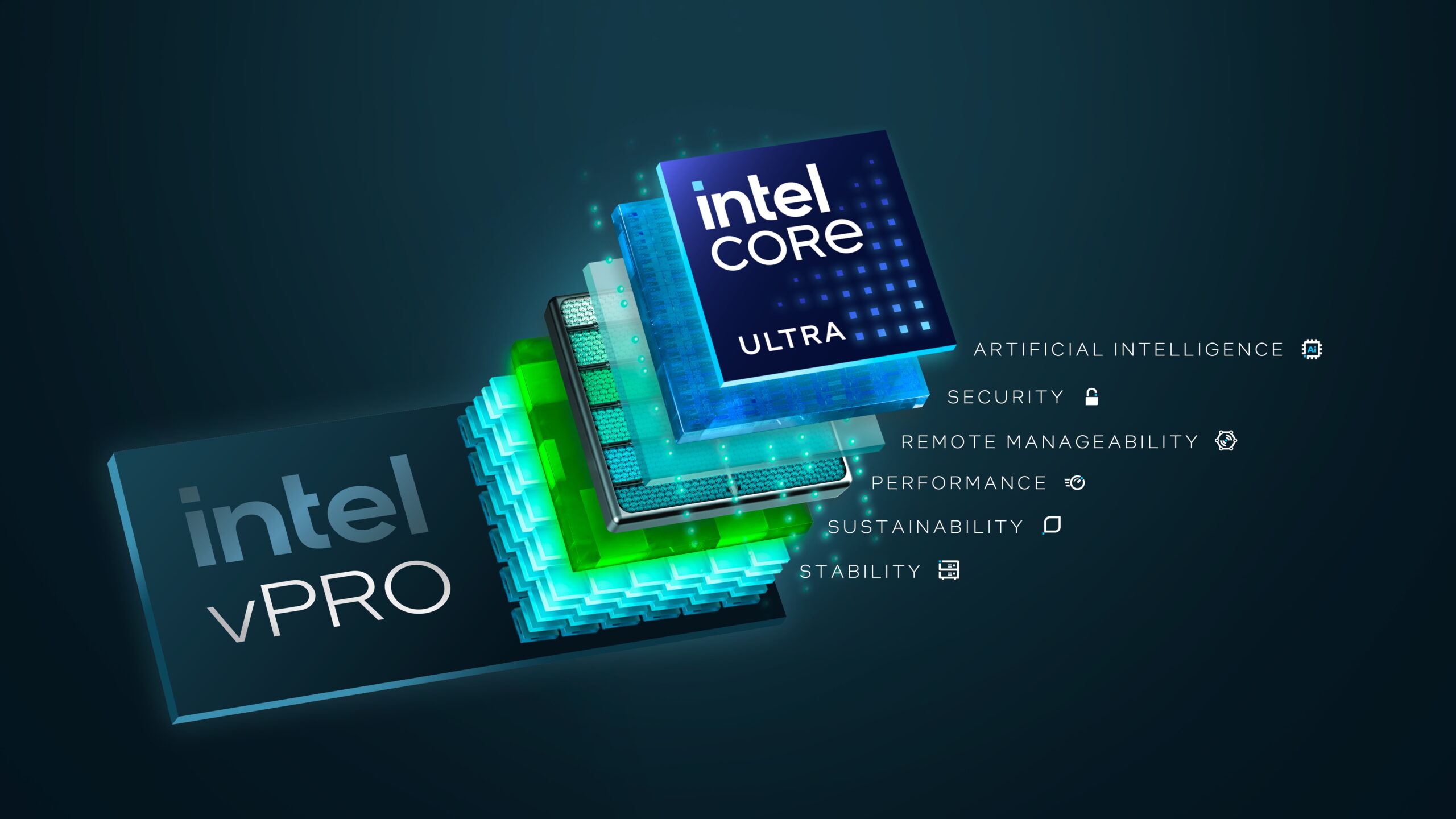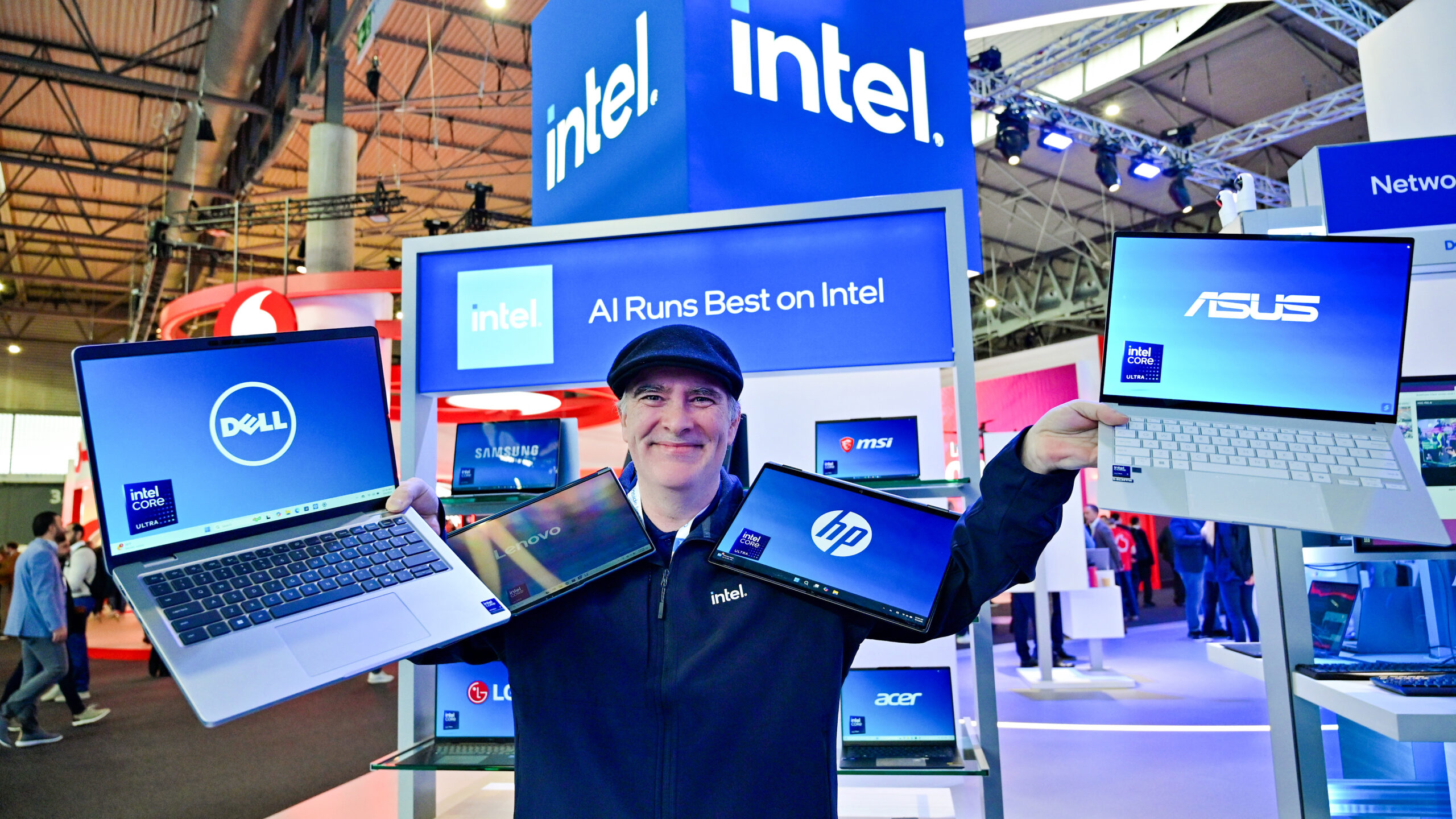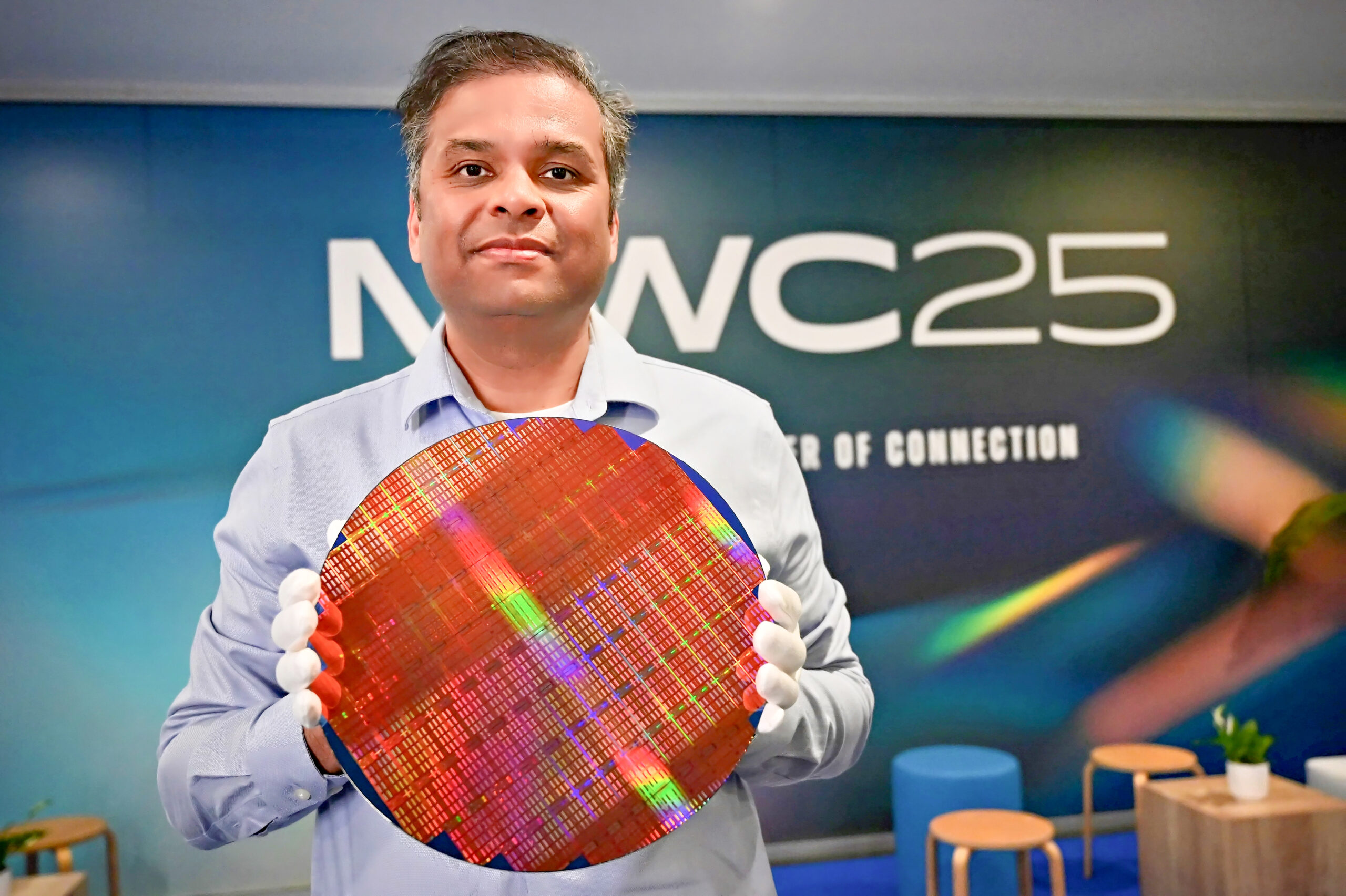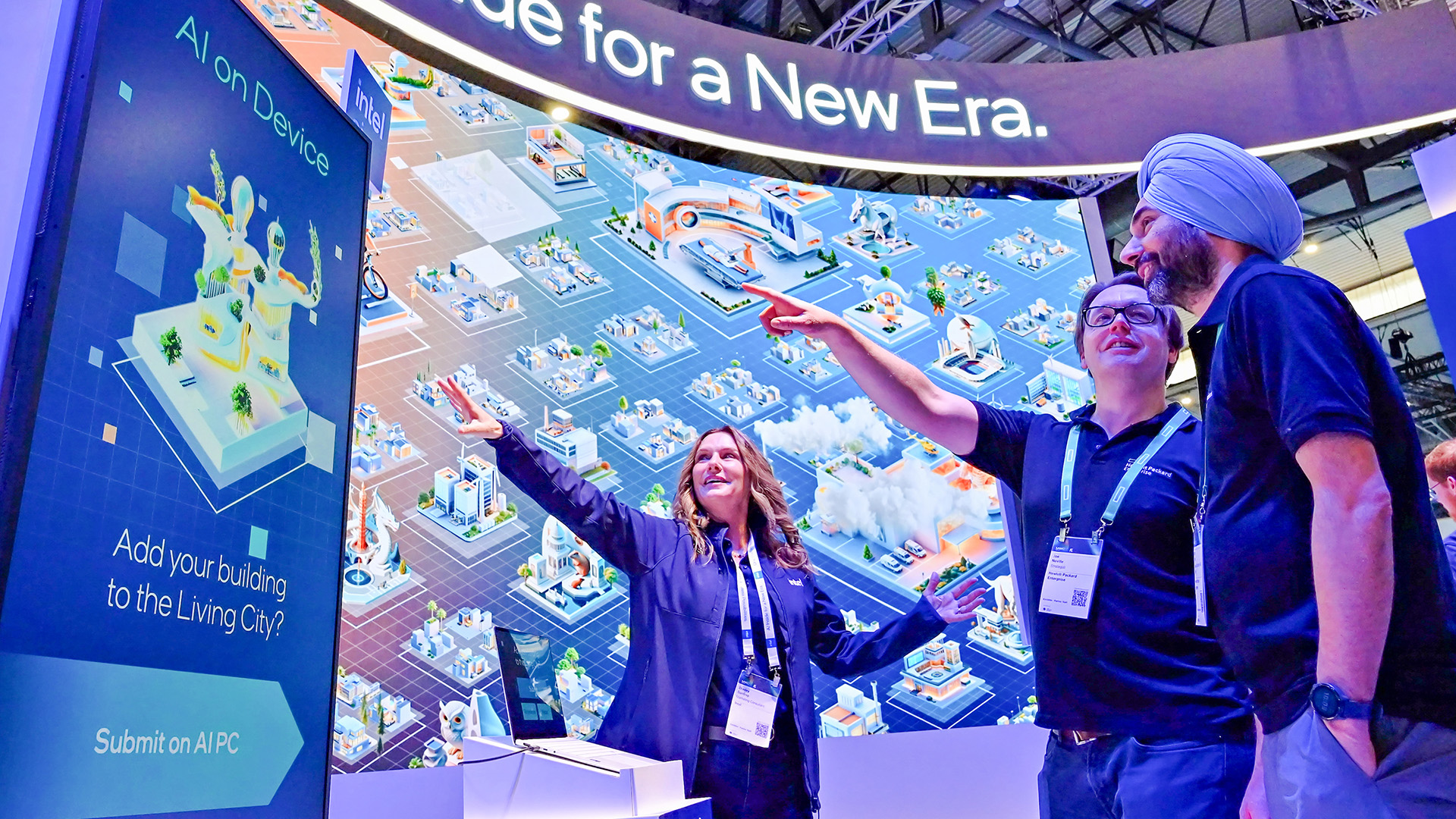Seed to Store: Nature Fresh Farms and Intel Grow the Future of Sustainable Farming
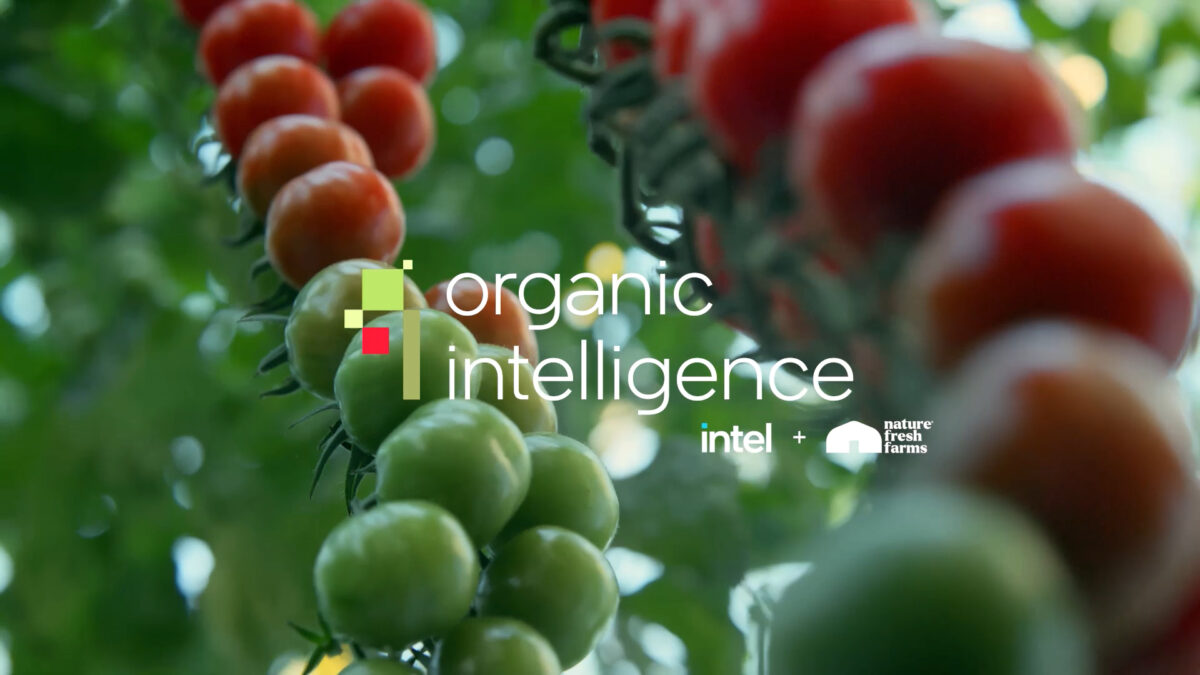
With the help of Intel technology, Nature Fresh Farms gets fresh produce to consumers more quickly and sustainably.
Download all images (5 MB)
It’s easy to take things for granted, like strolling into the market and grabbing a basket of fresh, ripe strawberries.
But getting fresh produce into the hands of consumers has become increasingly challenging due to climate change, intricate supply chains, and rising costs, among other factors. Over $1 trillion worth of perishable food goes directly from farms to landfills every year – equal to 130 billion meals. And that number is only going up.
From seedling to store display, a lot needs to go right to get delicious berries to you – the ultimate consumer. One company considering every step of the way is Nature Fresh Farms®.
Nestled in Leamington, Ontario – often called the greenhouse capital of North America – is Nature Fresh Farms’ 150-acre greenhouse and headquarters. Between the company’s massive Canadian operations and its U.S. locations in Ohio and Texas, Nature Fresh Farms grows produce – bell peppers, tomatoes, cucumbers, strawberries and others – totaling 325 million pounds a year.
As one of Canada’s largest independent greenhouse produce growers, Nature Fresh Farms is on a mission to grow and deliver the freshest produce to its customers year-round. But how?
With the help of Intel technology, Nature Fresh Farms’ precision farming methods allow its farmers to make real-time decisions – like frequency and quantity of irrigation to monitoring peak freshness and time of harvest – using sensors, cameras, computers and artificial intelligence (AI).
Healthy Plants, Happy Planet, Happy Company
Keith Bradley, vice president of Informational Technology at Nature Fresh Farms, compares plant growth patterns to those of humans. “We are told to eat three meals a day to optimally fuel ourselves,” says Bradley. “Plants are the same way. They like to be fed at specific times, in a specific way, to optimally grow.” But since plants are unable to communicate their needs like humans can, it is critical to look for cues to know what each plant needs at any given point.
Bradley explains that one of the hardest parts of growing produce is predicting changes in climate. But with the help of more than 2,000 sensors and cameras, every plant at Nature Fresh Farms is monitored from the time it’s planted until the produce leaves the facility. Everything from the plant’s temperature, sun exposure, size and shape are recorded.
More: A 2-minute video with Nature Fresh Farms’ Keith Bradley | A summary of Nature Fresh Farms’ Intel-powered solution | Explore terabytes of live data from Nature Fresh Farms’ greenhouse in Ontario
These massive heaps of data are turned into valuable insights that allow farmers to decide how much irrigation is needed, among other variables, to ensure the plant is growing optimally – all while saving precious resources like water and, ultimately, money. Making this all happen in the background is Intel technology. Intel® Xeon® data center processors provide the computational muscle to process the data, while OpenVINO toolkit leverages the Xeons’ built-in accelerators for efficient AI model inferencing. No more two- to three-hour waits for the data from the greenhouse to be captured, processed and analyzed. Now it takes Nature Fresh Farms a mere 30 minutes.
Bradley says this technology enables the farm to “optimize the whole growing cycle, allowing the farm to grow a healthier plant at the root and base, giving more yield and better-tasting produce.”
No Tomato Left Unturned, Thanks to AI
At the center of Nature Fresh Farms’ end-to-end solution is AI.
Take tomatoes, for example.
When the tomato seed is planted, sensors monitor the plant’s growth, and the OpenVINO-optimized AI algorithm predicts what the plant may need at any given point. If the weather is predicted to get significantly warmer, additional irrigation will go to the plants during the warmest part of the day. With careful monitoring of its environment, the first tomato appears six weeks later. Once the AI-enabled sensors determine the tomato is the right size and color, the message is sent to harvest.
Once the tomatoes are harvested, it’s critical to get them on store shelves quickly, before spoilage occurs. Rather than manually inspecting the produce as it is packaged, an AI-enabled sorting system reviews images of the produce and checks the quality to ensure ripeness. Using this Intel-powered system has helped Nature Fresh Farms improve its pre-sort and packing time from 45 seconds to 8 seconds and deliver produce to grocery stores in 24 to 48 hours (versus a typical farm’s average of four to 10 days). Nature Fresh Farms’ use of technology “ensures the great taste and flavor of the strawberries, but also ensures the produce will stay fresh from the day it’s picked until the day you decide to eat it,” explains Bradley. “We’re able to make sure (the produce) is as healthy as it can be on the vine to make sure it's as healthy and tasty for you once it’s off the vine.”
The beauty of a fully monitored greenhouse is that farmers have full traceability from seed to store – like who picked each plant, which row it came from, how much water and light it received and more. If there’s a concern or problem, the farmer can quickly identify the source without having to lock down the entire farm or recall entire shipments of produce. The painless process – powered by Intel Xeon processors for efficient AI model inference – provides the greenhouse’s operations with faster and smarter insights, ultimately helping the farm save time and money.
The Technological Tomato
When you think of the farming industry, you probably don’t think of technology.
Bradley says Nature Fresh Farms was founded on the idea of constantly asking: “How can we do that better with the help of technology? Let’s not be scared to fail.” To keep that mindset alive and well, Nature Fresh Farms has a section of the greenhouse dedicated to research and development (R&D), where farmers test the latest and greatest technology.
Nature Fresh Farm’s R&D also involves innovating and experimenting with different varieties of produce. “If we are trialing 20 different varieties of tomatoes, we might find the perfect tasting one, but data tells us it won’t last long on the shelf,” he says. “So, it all comes back to the data to help determine how we do things.”
Letting Farmers Farm
While Nature Fresh Farms embraces technology head-on, that isn’t the case for farmers everywhere. Bradley says many farmers are hesitant to embrace technology because they fear moving further from the hands-on work in the fields, and they dislike the idea of sitting at a computer all day. But he says many are surprised to discover that technology makes their job easier, rather than replacing their role in the fields.
With the help of AI and technology, he says, “growers can get back in the greenhouse to look, feel and touch the plants again,” and ultimately let technology do some of the tedious heavy lifting.
